I.
Songs created Silicon Valley. Without music, it wouldn’t exist.
In each key area of technology—semiconductors, storage, handheld devices, video displays, test equipment, etc.—funds to launch and grow the tech titans came from the entertainment industry, and especially the music business. Hollywood studios and record labels would dominate high tech today if they had simply brought R&D in-house instead of sending so much cash to Northern California.
No, you won’t hear that story told inside the fortresses of Google or Facebook or Apple. They battle with Hollywood studios and major labels nowadays, fighting over customers, copyrights, legislation, royalty payments, and many other matters.
Tech billionaires clearly don’t realize how much they owe to Hollywood. Consider the case of Hewlett-Packard, founded in 1939 in a Palo Alto garage now called the “birthplace of Silicon Valley.”
Do you know where Mr. Hewlett and Mr. Packard got their first big contract? It came from Hollywood, and a man named Walt Disney.
Disney placed a large order for electronic test and measurement equipment, which the studio needed for the production and release of the animated music film Fantasia. Disney placed his order in 1938, which led to the launch of Hewlett-Packard in 1939. The breakthrough technology Disney coveted was an oscillator, used to measure sound frequencies.
Twelve special movie theaters were getting upgraded with special speakers for this music-driven film. Disney wanted to test the recording equipment and speakers in preparation for the Fantasia release, and hired Hewlett and Packard when they were still just freelancing engineers. The two entrepreneurs, exicted by the Disney deal, flipped a coin to decide the name of their new business—Hewlett won the toss, and got first billing.
In other words, music financed the launch of Hewlett-Packard, now a $35 billion company. And the number of companies that came out of HP are legion—for example, Steve Wozniak worked at Hewlett-Packard before founding Apple along with Steve Jobs. (It was only after he failed, on five different occasions, to convince HP to make a personal computer that Wozniak departed to do it with Jobs.)
Or consider William Shockley, the controversial Nobel Prize winner who launched the semiconductor industry. Did you know he went to Hollywood High School? But Shockley’s ties to the entertainment world run much deeper than that superficial fact indicates. On the Nobel website they celebrate his “discovery of the transistor effect.” Yet here’s what they don’t mention: The transistor radio, which brought portable music to the mass market, paid the bills to fund the rise of Shockley’s personal business empire and the establishment of a robust semiconductor industry in Silicon Valley.
Sony, still a major music company today, launched the TR-63 transistor radio in 1957—which sold seven million units, and validated the commercial prospects for transistors long before the rise of personal computers. Here as in so many other instances, demand for music paid for the development of emerging technology.
Sony should have taken an equity position in the transistor business, but never thought to do so. The same is true of Disney and Hewlett-Packard.

RCA is probably the biggest loser in this whole story. RCA wasn’t just the most impressive record label of the early 20th century, but was the leading innovator in consumer electronics. Under David Sarnoff’s visionary leadership, RCA laid the groundwork for key advances in audio and visual technology. It was the equivalent of Apple back in those days. I firmly believe that, if RCA hadn’t lost its way in the 1960s and 1970s—investing in frozen foods and carpets and a range of low-tech business—the company would be as large as Apple or Google today.
By the way, the video display on your computer evolved out of the color TV technology RCA commercialized in the 1960s. They owned the liquid crystal display patents, but were too distracted by foolish diversification moves to figure out how to commercialize their state-of-the-art tech. It’s mind-boggling to think that the same company that recorded Duke Ellington and Elvis Presley was sitting on this tech gold mine, but never monetized it. Yet it’s true.
II.
Steve Jobs plays a key role at several junctures in this musical history of Silicon Valley. Just like Wozniak, Jobs has a Disney connection—in fact, he has several Disney connections. For example, Jobs learned the ropes in high tech while working at Atari for Nolan Bushnell, who had moved from his native Utah to California because. . . . he wanted to get a job at Disney.
But Disney didn’t hire tech people straight out of college—and, in general, failed to grasp what it was losing by outsourcing so many R&D projects. So Bushnell took a position at Ampex instead, before finally launching his breakthrough video game company. Once again, a Silicon Valley revolution might have happened at Walt Disney, if the company had just had enough vision to bring these tech innovators in-house.
I plan to write about Ampex at more length in the future. My friend (and jazz piano student!) Ken Oshman came close to acquiring Ampex in the 1980s, when it still retained some of the aura of its illustrious past. But his deal fell through, and the company never really got back on track. Yet, In some ways, its origin story is the most fascinating part of this whole tale.
Ampex helped launch the data storage industry in Silicon Valley, but was funded by jazz and pop singer Bing Crosby, who offered to help the company commercialize its tape recording technology. In 1947, Crosby sent Ampex a check for $50,000—at a time when the average household income was just $3,000. This was his down payment on an order for twenty Ampex 200-A magnetic tape recording units, priced at $4,000 each.
“Almost every computer magnetic and optical disc recording system, including hard drives, floppy discs, high-density recorders, and RFID devices, owes its core technology to Ampex engineer Armin Miller,” write Silicon Valley historians Peter Hammar and Bob Wilson.
Crosby didn’t see himself as a venture capitalist—that term didn’t exist back then. He simply wanted to use Ampex equipment to pre-record his radio broadcasts. As strange as it sounds, Bing Crosby funded the storage technology business in Silicon Valley because he was overworked, and needed a substitute for live radio.
Once again, music paid the bills for a key foundational plank of the tech revolution. And Crosby should have made equity investments in Silicon Valley—where he finally moved in 1963, leaving Beverly Hills behind—instead of merely funding its growth as a customer. But that’s the recurring story here. The music business has never really grasped the potential of equity investing and venture funding. If it did the digital age would have originated in Hollywood (or maybe nearby in the San Fernando Valley) instead of the environs of Palo Alto.
You may think this is all ancient history, but even in the 21st century, we encounter the same story. At the dawn of the new millennium, Apple relied on music to fund its growth and the development of the iPhone. Consider the impact of the iPod device and related music sales from iTunes during the period when Apple became the largest market capitalization corporation in the world
At its peak, the iPod generated close to half of Apple’s revenues!

Apple now considers music a loss leader—they would even be willing to give it away for free if they could sell more devices. But their whole handheld device business only exists because of music.
A curious side point: Steve Jobs was forced out of Apple in 1985, and many believed his career was over. The next year he became majority shareholder of Pixar, the high tech computer animation company. His success in this new venture proved to the world that he still possessed his visionary skills and business acumen—especially when he sold the business for $7.4 billion to (yes, you’ve guess it) Walt Disney.
When he died, his widow Laurene Powell Jobs inherited 138 million shares in the Walt Disney Company. The symbolism here is both awe-inspiring and ridiculous. Walt Disney could have owned the key tech platforms that created Silicon Valley, and thus made Steve Jobs’s success story possible. Instead Jobs ended up owning a huge chunk of Disney.
There’s a lesson there.
III.
In the current moment, every one of the illustrious FAANG companies still depends, to some extent, on music and entertainment to hold its empire together. But how much do they contribute to the income of musicians and the health of our musical culture?
FAANG, as you may know, stands for the leading tech platforms—namely, Facebook, Amazon, Apple, Netflix, and Google. If you had been an early investor in any of them, you would be rich today.
And what do they have to do with music? Let’s go through the list.
- Facebook users actively share music, and songs are even more popular on the company’s Instagram platform, but according to a recent article in the Wall Street Journal, the company “allows stolen content to flourish.”
- Amazon and Apple—the two As in FAANG—have both worked aggressively to collapse the price of music. You can join Amazon Music Unlimited for just $7.99 per month. Apple is testing a $4.99 monthly music plan as a way of getting customers to lock into other company services.
- Netflix doesn’t have a music streaming plan (yet), but its current business model is built on bypassing Hollywood and the traditional entertainment industry. The company is notorious for putting the squeeze on songwriters and composers.
- Google bought into the music business with its acquisition of YouTube in 2006, and has done more than any company in the world to create the idea that music is free, especially among younger consumers. The company’s business proposition is simple: Give music away at no cost in order to sell advertising.
These are the most successful companies in the history of the world, and they needed music to rise to dominance. But each of them works actively to undermine the health of the music ecosystem.
By the way, what happened to the teen market for music? Compare these figures from 1957.

Before the rise of Silicon Valley, hundreds of millions of records were sold each year in the US, and teens accounted for almost half of the purchases. Nowadays many teenagers refuse on principle to spend any money on music, because they believe it should be free. This attitude was created and validated by tech companies, especially those FAANG behemoths.
These companies have made tons of money from music, but almost always have reinvested the funds into their other corporate initiatives. In the parlance of MBAs, music is now a cash cow. You milk it, and put as little money into it as possible. When the cow stops giving milk, you send it to the slaughterhouse.
That’s great for the dairy farmer, but not so good if you’re the cow. These days, we might as well give musicians a new name: MOO-sicians. (Full disclosure: I deal in bad puns.) They’re certainly getting milked dry. And by the same companies who have no qualms about collapsing the price structure in music in order to achieve their larger corporate objectives.
Despite the hundreds of billions of dollars they’ve made from songs, these tech giants have never had any enthusiasm for supporting the creative side of music. They don’t want to risk their money on unproven talent or invest in developing a new artist. Those are roles record labels have long played, but not so much anymore (because they can’t afford it—they’re getting milked too). Tech companies love musicians after they become famous, and only if the techies get a bite of the action.
They don’t call them FAANGS for nothing.
But a healthy music ecosystem needs more than this. It also requires nurturing, scouting, encouraging, educating, mentoring, and a whole bunch of other things that aren’t going to come from Apple or Facebook or Google.
These tech giants should act more responsibly to our culture, if only out of gratitude to the musicians who helped them become billionaires. Under slightly different circumstances, all that wealth would have flowed into the entertainment sector of the economy. If that had happened, maybe Hollywood would have reversed the formula—selling devices to fund the creativity of artists. (RCA actually did something like that with its advocacy of color television, using it to put the company’s NBC TV network on a faster growth trajectory.)
Yes, there’s a perfectly valid business model in which you give away the device for free, and charge top dollar for the music. It’s like the cheap razor with expensive razor blades, or the low-cost printer with pricey toner. Those business models make just as much money as the current paradigm in music. And, under that alternative scenario, the artistic side of the transaction would be cash rich, not dirt poor. Just don’t expect this way of thinking to come out of Silicon Valley.
One thing is certain. The current approach benefits techies at the expense of music and at incalculable cost to the broader culture. Music deserves to be more than a loss leader. In a world where that’s its only role, we’re all losers.
Ted Gioia is a leading music writer, and author of eleven books including The History of Jazz and Music: A Subversive History. This article originally appeared on his Substack column and newsletter The Honest Broker.



























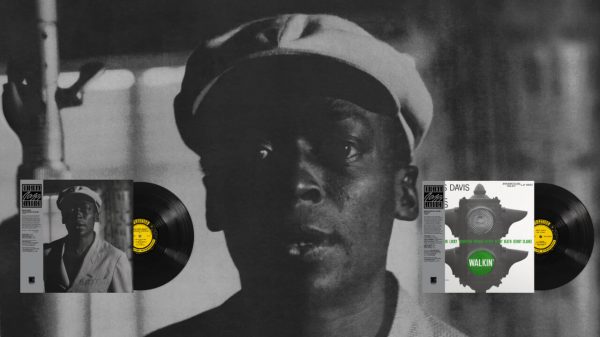

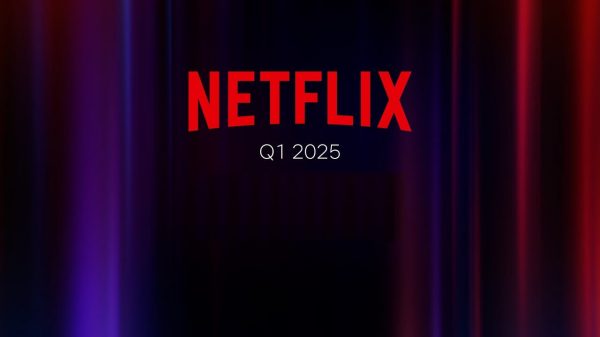
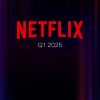
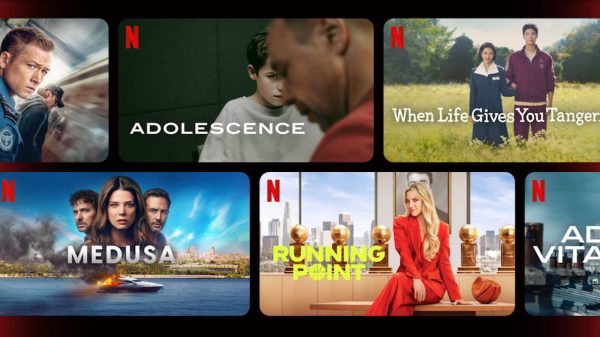







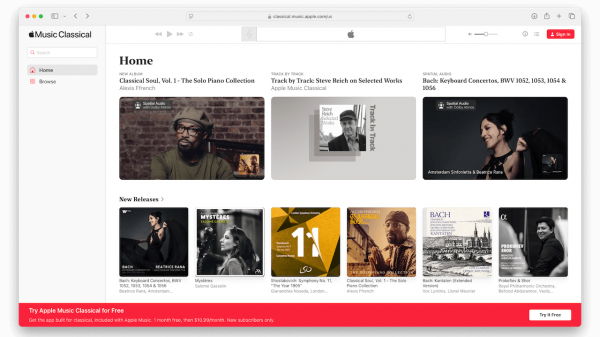
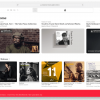












Ernie M
May 2, 2022 at 2:08 pm
Hollywood is also the home of identity abd gender politics, greed, witchcraft and the occult. Being rich doesn’t make you a better person. I don’t envy those people at all. I think they are poorer than the lower class. In the end, what do they really gain when they sell their soul, or they are dead?? What then? Disney is evil, and pushes all sorts of magic, witchcraft and LGBTQ+ etc agendas.